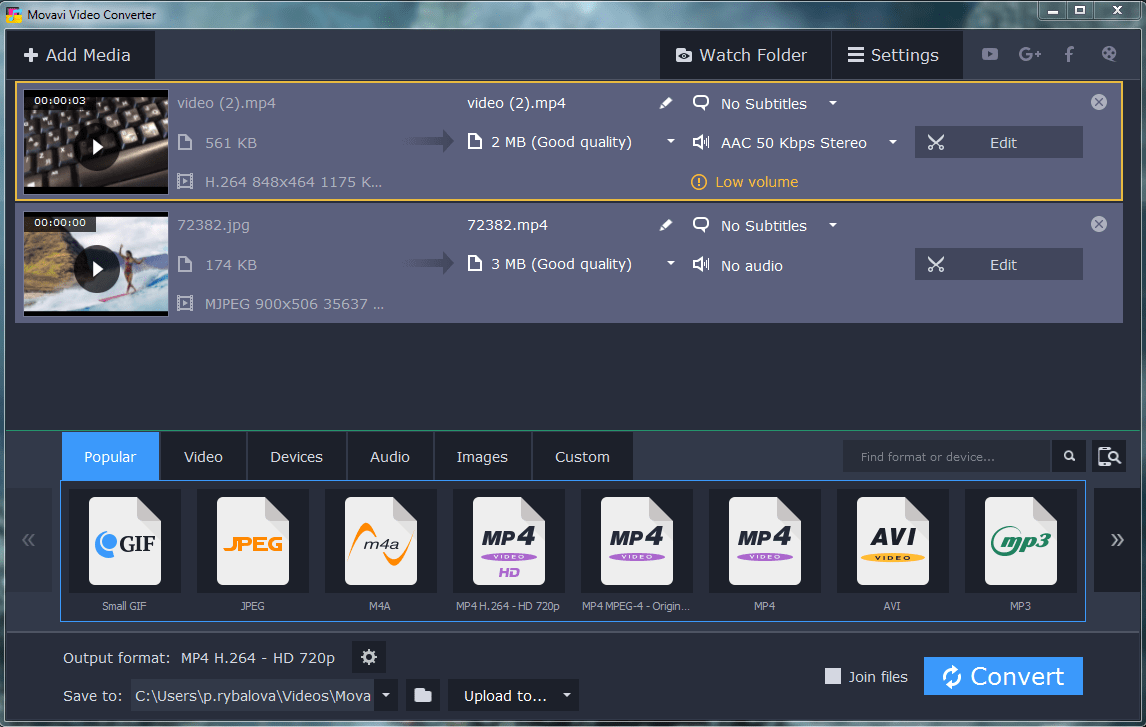Nowadays it is fairly normal for blogs to publish videos, and you may be looking to do the same on yours. However when you create videos for your blog you’ll have to choose the format of blog videos in which to encode them in – and that can be confusing at first.
Finding the right format for blog videos may seem difficult, especially considering there are so many different video formats out there. That being said if you’d like to choose the right format more easily, you should consider a few factors in particular:
-
Video platform
When publishing videos on a blog, normally the videos are published on a separate platform (e.g. YouTube) than embedded. In such cases, the format that you choose should be based on the recommended format of the platform that you opt to use – but normally MP4 with H.264 is a safe choice.
If you are self-hosting the video on your own blog you’ll normally have a bit more freedom, but may still be restricted by the player that you’re using to stream the video. Although there are people who can make videos like Professional some simply can’t.
-
Compatibility
In the event that you’re self-hosting the video or providing it as a download, you may want to take into account its compatibility. While different devices are compatible with different formats, some formats such as MP4 with H.264 tend to be compatible with most modern devices.
Although there are newer formats that may have other advantages – they may not be as compatible with as wide a range of devices.
-
File size
If you’re self-hosting videos on your blog or storing them, the file size of the videos can be an important factor to consider. The reason this ties into the format that you encode your videos in is the fact that newer formats have better compression rates and will enable you to have a smaller file size video with the same quality.
Nowadays using MKV with H.265 is great for compression – just remember it may not be compatible with some older devices.
Keep in mind that regardless of the format that you originally encode your blog videos in, it is possible to convert them to a different format if need be. For that, you can use Movavi Video Converter, as it will let you quickly convert MP4 to AVI, WMV to MKV, or any other formats you require.
Additionally, Movavi Video Converter can also be used to compress videos, convert other types of media files, or edit and fix common issues that may be present in your videos. In short, it is an excellent tool that will help you manage videos for your blog and convert them into exactly the format that you require when necessary.
Suggested:
Convert your SD video to HD video.




YouTube is the best way for me.
All good to know Robin. As far as file size, I am uploading so many videos now that to keep my site super fast I just link to YouTube and Facebook videos. No sense bothering with embeds because each is way too heavy for my blog, with my blog post and video post volume these days.
Hi Ryan,
changing the format seems a different option.